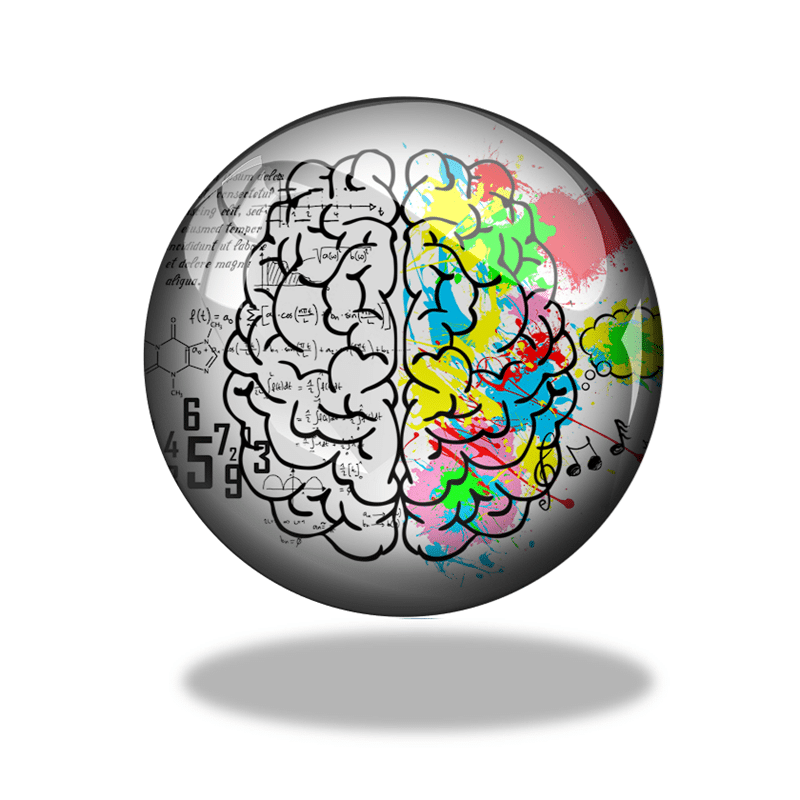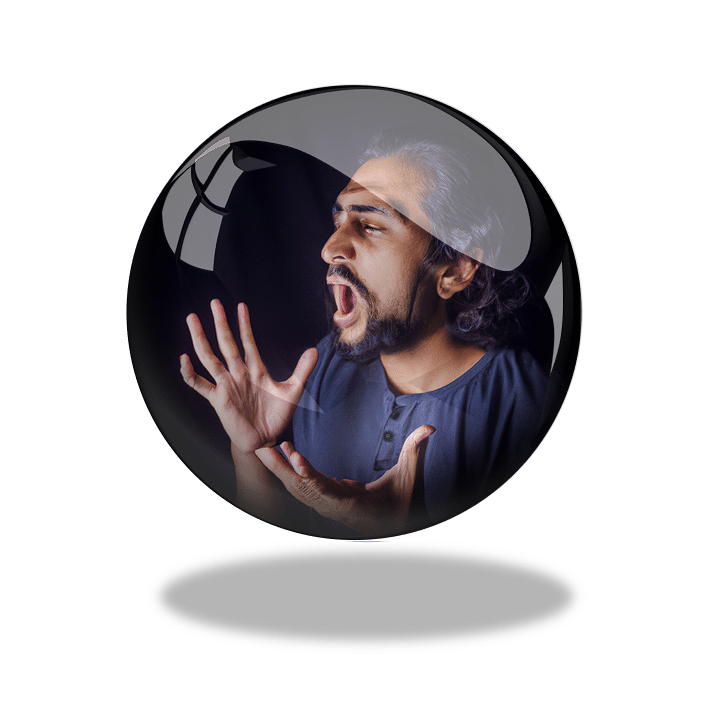Introduction:
In an era defined by rapid change and complex challenges, the ability to blend rational analysis with intuitive insight is more crucial than ever. Yet, many of us find ourselves trapped in the confines of our rational minds, not really trusting the creative and intuitive resources that lie just beneath the surface. However, the same models which enable us to develop and empower new people to safely take on greater responsibilities can also be used to enable our intuitive subconscious to take a more effective role in finding powerful solutions.
Navigating Complexity with a Balanced Mind
All around us, in business, in government, in social media, we’re constantly navigating an increasingly complex world. A world that has moved beyond our individual logical ability to make sense of it. A world where the consequences of relying on argument and opinion can be seen in increasing division, conflict and polarized debate. Where the temptation is to retreat into echo chambers which feed and reinforce a black and white rationale that belongs to a simpler world.
And this can be true of our own professional and personal lives, as much as it can the politics which govern our country. But the truth is, our greatest insights often emerge from the subconscious mind—those ‘Eureka’ moments that seem to come from nowhere. But how do we consistently tap into this well of creativity?
The Situational Leadership Model: A Guide for Personal Growth
The Situational Leadership model, developed by Hersey and Blanchard, which adapts leadership style based on the maturity and competence of the team, can surprisingly guide us in harmonizing our rational and intuitive selves. By viewing our conscious mind as the ‘leader’ and our subconscious mind as the ‘team member,’ we can embark on a transformative journey toward holistic decision-making.
In this way, we can adapt the model as follows.
The Four Phases of Inner Leadership
- Direct (Tell): Start by acknowledging the dominance of your rational mind. It’s your go-to for decision-making, but also the gatekeeper that often blocks the intuitive insights from your subconscious.
- Persuade (Sell): Begin to open up to your subconscious. Let it know that while the rational mind holds the reins, there’s room for the intuitive thoughts to surface. It’s about saying, “Show me what you’ve got,” and being open to the creativity that arises.
- Support (Coach): As your intuitive side starts showing its potential, learn to nurture it. Understand its strengths and how it complements your rational thought processes. This stage is about building a partnership between the two sides of your mind.
- Delegate (Empower): Finally, reach a stage where your rational and intuitive minds coexist in harmony, seamlessly switching roles to leverage each other’s strengths. This is the pinnacle of self-leadership, where you fully harness your inner genius.
Applying Situational Leadership Internally
- Acknowledge Your Growth Potential: Understand that engaging more with your creativity and intuition is a journey that starts with self-awareness and openness to internal dialogue.
- Embrace Challenges as Opportunities: Use everyday challenges as a training ground for your subconscious. Recognize that it’s like a muscle that needs to be exercised and strengthened over time.
- Constructive Collaboration: As your confidence in your intuitive side grows, actively seek ways for both halves of your mind to collaborate on real-world problems.
- Continuous Reflection and Development: Regularly review and refine how your rational and intuitive minds work together. Celebrate the successes and learn from the challenges.
Resources
The adventures in our adventure library are all about taking you to places that your rational mind would typically discount. The provide 50 week by week exercises to develop greater confidence in your intuitive capabilities.
Conclusion
In a professional landscape that values innovation and agility, mastering the art of situational self-leadership can be a game-changer. By fostering a dynamic partnership between our rational and intuitive minds, we unlock new dimensions of problem-solving and creativity. Let’s lead ourselves with the same wisdom and adaptability we strive to lead others, and embark on this journey of self-discovery to unlock the full potential of our inner genius.
More from Culturistics:
Daily re-restructuring for agility? How adaptive structures maximise agile engagement.
Culture eats strategy for breakfast – but what sort of strategy are you feeding it?
Facilitating mental wellbeing – The power of adventure in keeping our minds fit & healthy.
Patterns of collaborative excellence – Rediscovering the lost wisdom of design.
Prescient emotional knowledge management – do you have what it takes?
Culture eats strategy for breakfast – but what sort of strategy are you feeding it?
Facilitating mental wellbeing – The power of adventure in keeping our minds fit & healthy.
Patterns of collaborative excellence – Rediscovering the lost wisdom of design.
Prescient emotional knowledge management – do you have what it takes?



